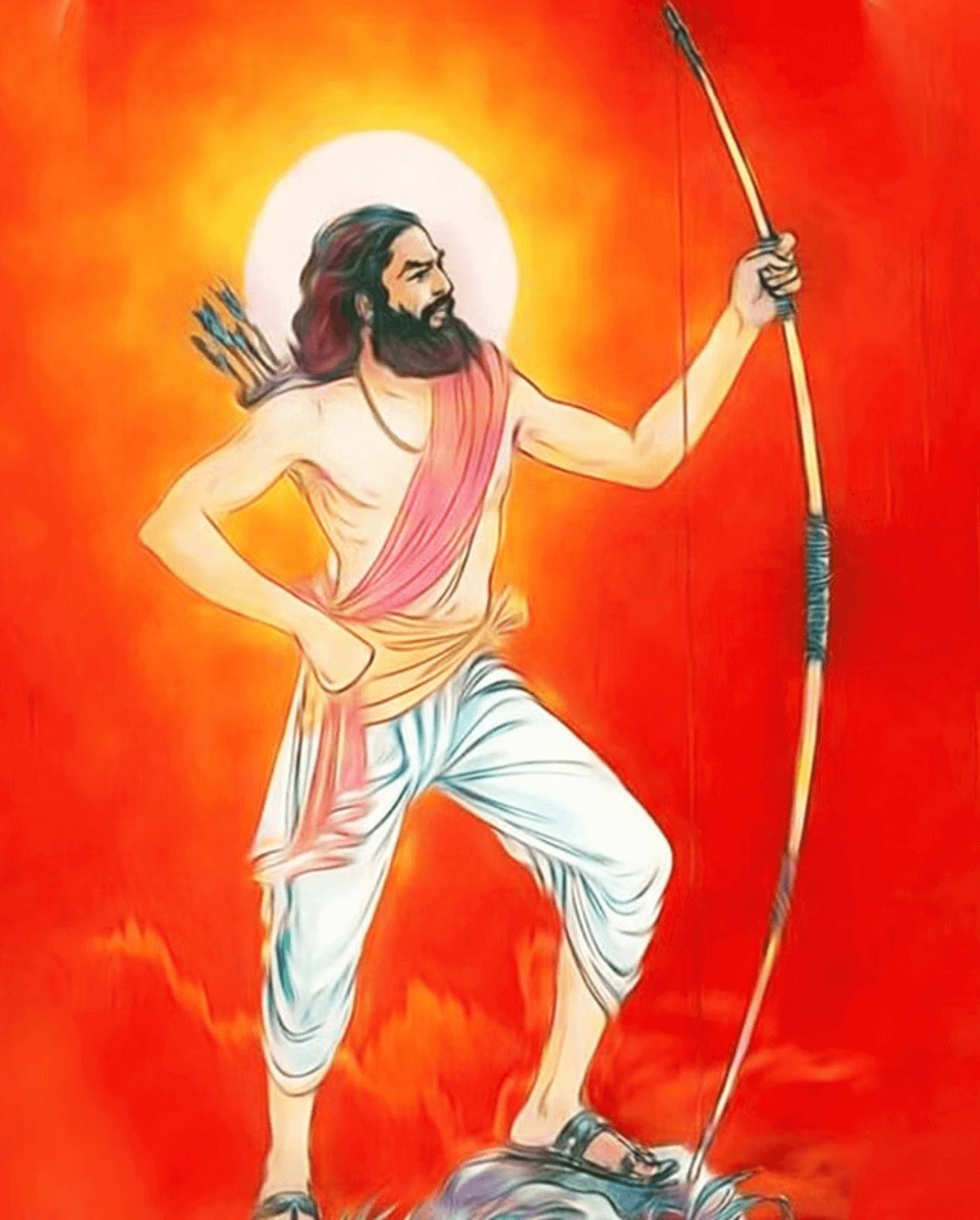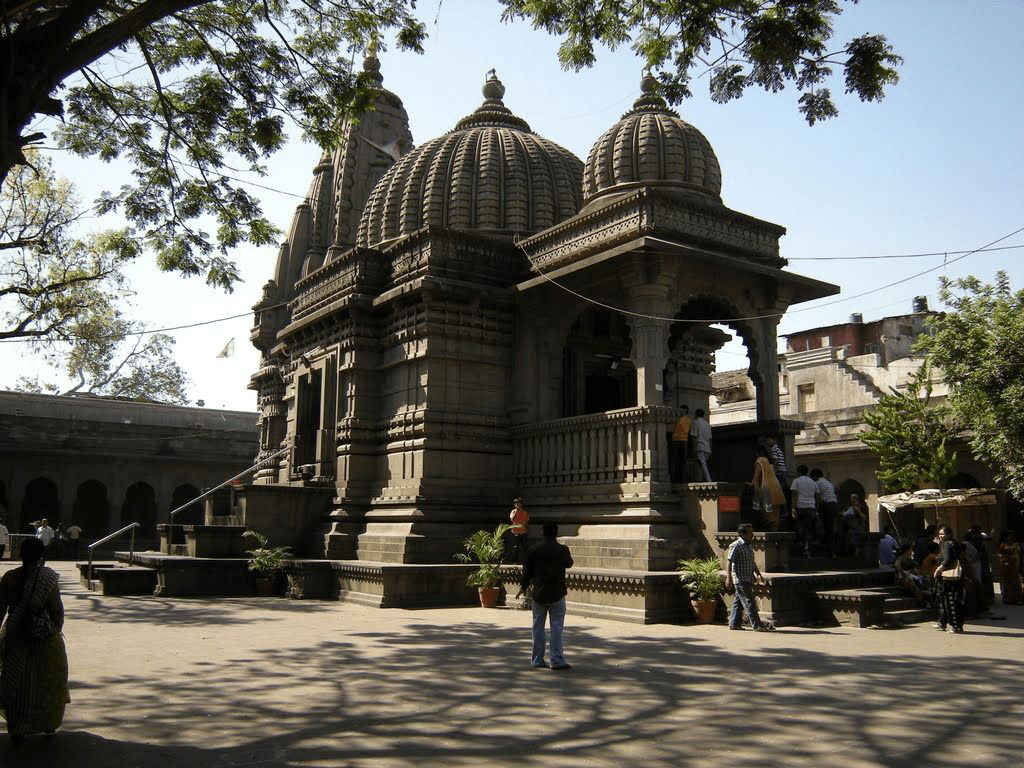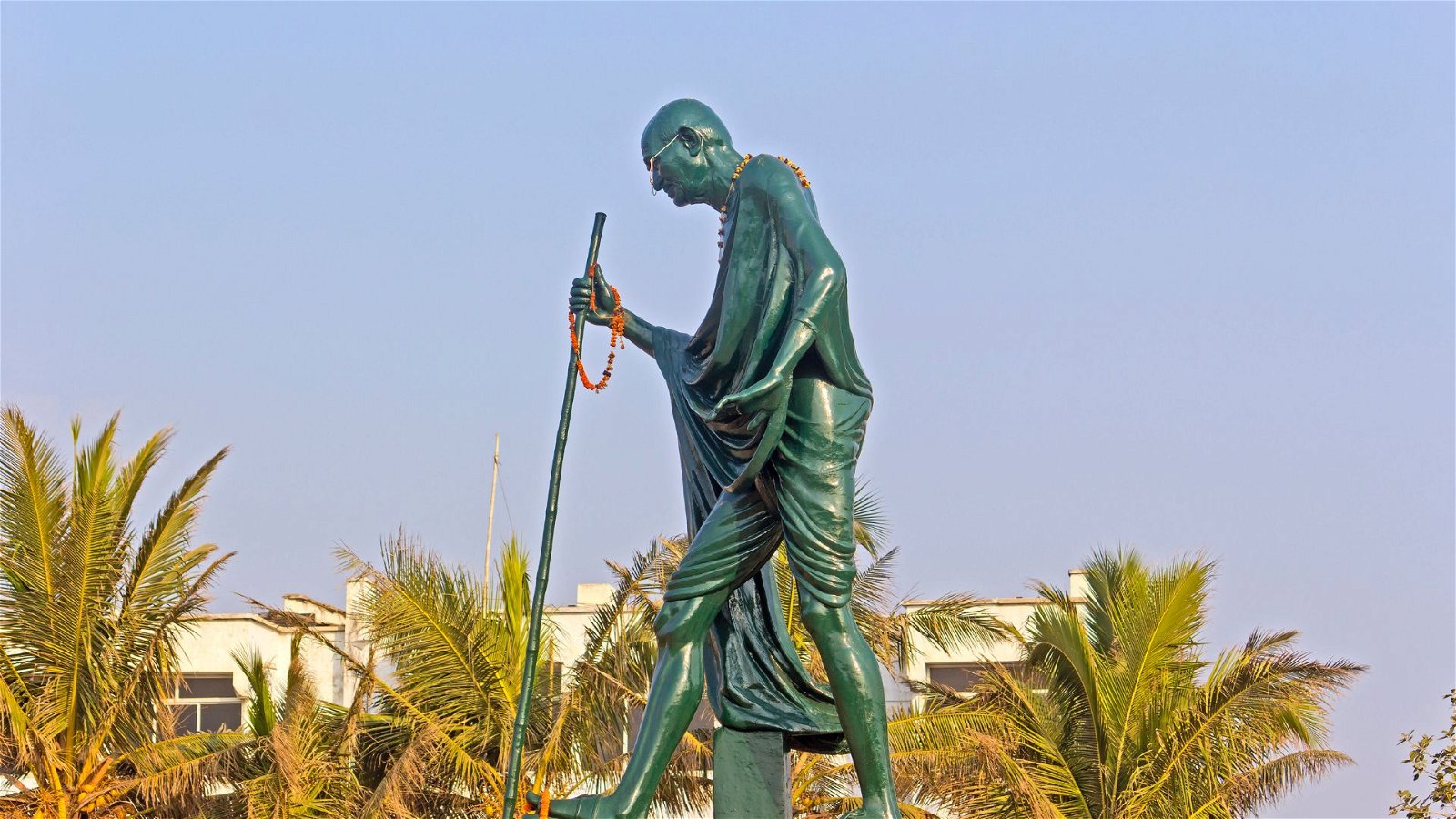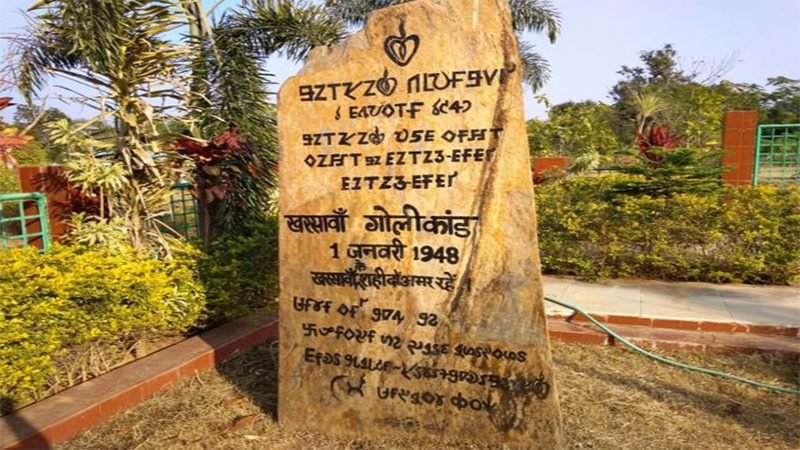
Shankaracharyas
Subscribers of "Current Affairs" course can Download Daily Current Affairs in PDF/DOC
Subscribe to Never Miss an Important Update! Assured Discounts on New Products!
Must Join PMF IAS Telegram Channel & PMF IAS History Telegram Channel
- Context (IE): The four Shankaracharyas have said they will not attend the inauguration of the Ram temple in Ayodhya on January 22.
Who are the Shankaracharyas?
- Shankaracharya means ‘teacher of the way of Shankara’.
- It is a religious title used by the heads of the four cardinal mathas or peeths.
- The Shankaracharya heads the four Hindu maths (monasteries) — in Dwarka (Gujarat), Joshimath (Uttarakhand), Puri (Odisha), and Sringeri (Karnataka).
- These Maths were founded by the eighth-century religious scholar and philosopher Adi Shankara (c 788 CE-820 CE).
- These mathas comprise religious shrines, temples, libraries, and residences.
- The existence of these mathas before the 14th century CE is disputed, with evidence suggesting retrospective establishment to legitimise these centres of learning.
- The Vijayanagara kingdom began to patronise the Sringeri matha in the 14th Century.
Adi Shankaracharya
- He is Known as Adi Shankara, born 11th May 788 AD, at Kaladi (poised to be declared a national monument) near Kochi, Kerala.
- He took Samadhi at the age of 33 at Kedar Tirth.
- He was a devotee of Shiva.
- He was the disciple of Govindacharya.
- He propounded the Doctrine of Advaita (Monism) and wrote many commentaries on the Vedic canon (Upanishads, Brahma Sutras and Bhagavad Gita) in Sanskrit.
- He was opposed to Buddhist philosophers.
- The followers of Shankaracharya are called as Smratas.
- He was one of the mystic Bhakti poet-saint leaders who gave Hinduism a new direction.
- He emphasised that devotion to the supreme Brahman is an effective means to realise the truth beyond duality.
- He advanced the concept of Nirgunabrahman (god without attributes).
- He emphasised knowledge (Gyan) as the only way to salvation.
- He emphasised that ritualistic actions are secondary and do not lead to liberation.
- He sought to integrate Gyan and bhakti as complementary means to attain the ultimate truth.
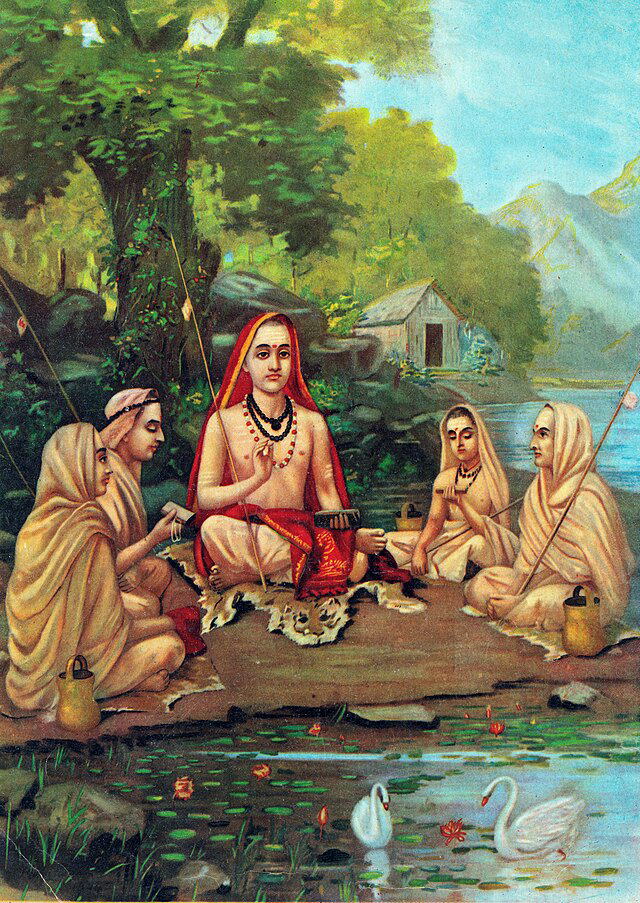
Major Works of Shankaracharya
- Brahmasutrabhasya (Bhashya or commentary on the Brahma Sutra).
- Bhajagovinda Stotra.
- Nirvana Shatakam.
- Prakaran Granths.
Disciples of Adi Shankaracharya
- Shankaracharya’s four closest disciples played pivotal roles in propagating his teachings:
- Padmapada: Known for his deep devotion and poetry.
- Totakacharya: He devoted himself to Shankaracharya’s mission and was revered for his poetry “Totakashtakam.”
- Hasta Malaka: A child prodigy astounded Shankaracharya with his understanding of Advaita philosophy.
- Sureshwara: Initially a householder, he became a disciple after losing a philosophical debate to Shankaracharya
Teachings and Philosophy
Advaita Vedanta
- Adi Shankaracharya’s most significant contribution is his propagation of Advaita Vedanta.
- This philosophy asserts the ultimate non-dual nature of reality, i.e., the Individual soul (Atman) is identical to the supreme reality (Brahman).
- Adi Shankaracharya believed that the individual and supreme souls are like waves and the ocean.
- The waves appear different from the ocean but comprise the same water substance.
- According to it, the Upanishads reveal a fundamental principle of nonduality termed ‘brahman’, which is the reality of everything.
- It seeks to establish that the essential core of oneself (atman) is brahman.
- The fundamental thrust of Advaita Vedanta is that the atman is pure non-intentional consciousness.
Maya
- Adi Shankara emphasised the concept of Maya, which is the illusion that the material world is separate from Brahman.
- He argued that realising the illusory nature of the world and recognising one’s true identity as Atman is the key to spiritual liberation (moksha).
The doctrine of Neti-Neti
- Shankara’s philosophy employs the “neti-neti” (not this, not that) approach, where one negates all attributes and limitations to realise Brahman’s attributeless and limitless nature.
- Neti-Neti meditation is a form of self-inquiry in which the practitioner searches for the location of the self.
- With its aid, the Gyani negates identification with all things of this world, not the Atman.
- The doctrine of Neti-neti also finds significance in Buddhism.
Statues of Adi Shankara
- 108 feet high ‘Statue of Oneness’ of Adi Shankaracharya was unveiled on Mandhata mountain at Omkareshwar in Khandwa district, M.P.
Significance of Mandhata
|
- Indian PM has also unveiled a 12-foot statue of Adi Shankaracharya at Kedarnath, UK, in 2021.





![PMF IAS Environment for UPSC 2022-23 [paperback] PMF IAS [Nov 30, 2021]…](https://pmfias.b-cdn.net/wp-content/uploads/2024/04/pmfiasenvironmentforupsc2022-23paperbackpmfiasnov302021.jpg)
